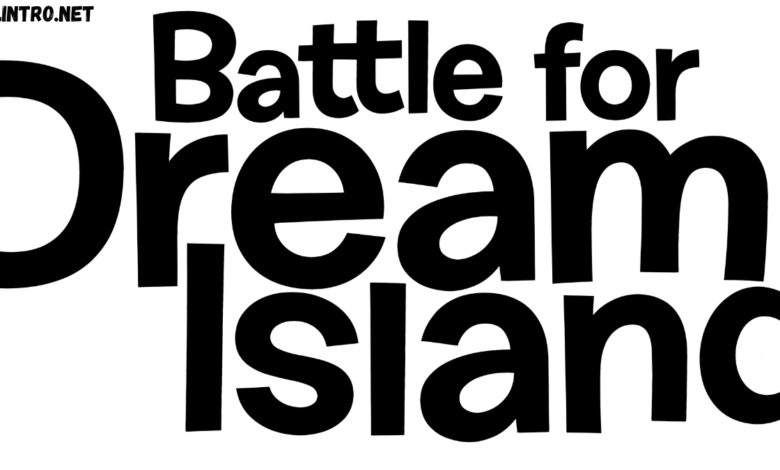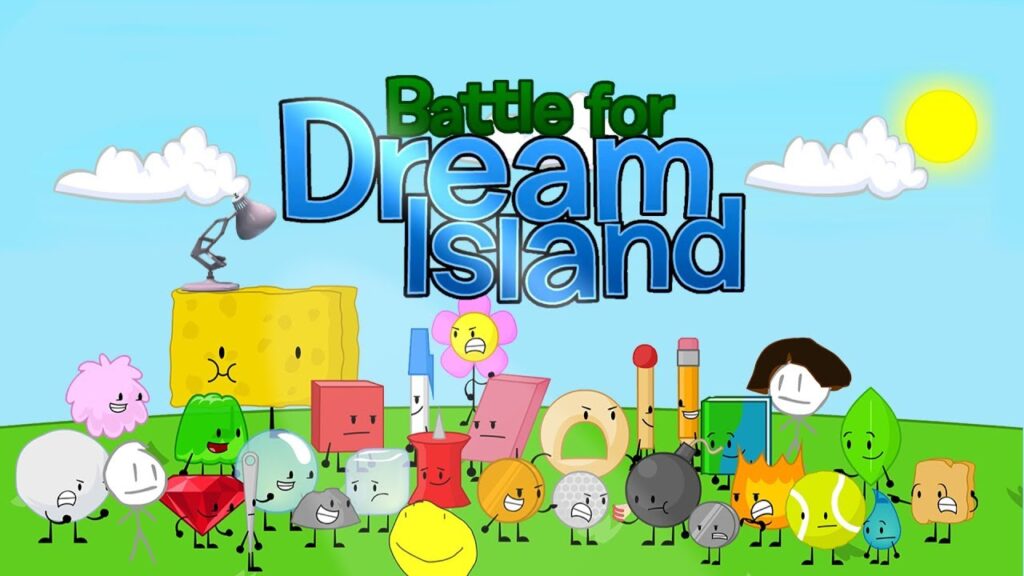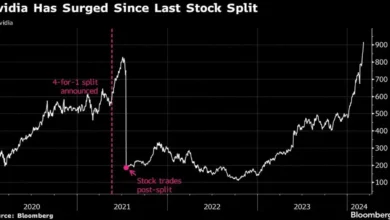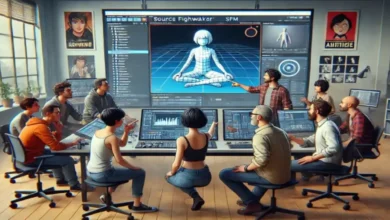The Evolution and Impact of the BFDI Logo A Visual Icon in Internet Culture

Introduction
In the vast and colorful world of online BFDI Logo, few series have achieved the cult status of Battle for Dream Island, commonly known as BFDI Logo. This unique animated web series, created by siblings Cary and Michael Huang, has attracted millions of fans worldwide with its quirky humor, unforgettable characters, and distinctive animation style. At the heart of this fandom lies a simple yet iconic element: the BFDI logo.
Logos are more than just images; they are the first point of connection between content and audience. A well-designed logo captures the essence of a brand or series and communicates its tone, personality, and uniqueness within seconds. The BFDI logo is no exception. Over the years, it has evolved to reflect the series’ creative growth while maintaining a core identity that resonates with fans. This article explores the fascinating journey of the BFDI logo, tracing its origins, design evolution, and cultural significance in the world of internet animation.
Through this deep dive, we’ll uncover how a simple visual design became a beloved symbol in online fandom culture, why it continues to stand out in a crowded digital space, and what makes it more than just a logo but a representation of creativity, humor, and community.
Origins of the BFDI Logo
The story of the BFDI logo begins with the inception of the Battle for Dream Island series itself. Created in 2010 by Cary and Michael Huang, also known as Jacknjellify, BFDI was a revolutionary web series concept at the time. Inspired by popular object shows and elimination-style competitions, the Huang brothers set out to create a humorous and entertaining show that would capture the imagination of young internet audiences.
When designing the logo for their ambitious project, Cary and Michael focused on simplicity and relatability. The very first BFDI logo was straightforward—clean, cartoonish typography paired with vibrant colors. This early design reflected the show’s light-hearted and playful tone, immediately signaling to viewers that BFDI was an animated world where objects came to life and participated in hilarious competitions.
The logo’s color choices were intentional, aiming to catch the viewer’s eye in the crowded landscape of YouTube thumbnails. The typography mirrored the animation style of the series, with rounded, bubbly letters that felt inviting and friendly. Early fan reactions to the BFDI logo were overwhelmingly positive, with many appreciating its fun and approachable vibe.
More than just a design, the original BFDI logo acted as a visual promise to viewers—an assurance of entertainment, creativity, and consistent content from the Jacknjellify team.
Evolution of the BFDI Logo Over Time
As the series progressed through multiple seasons, the BFDI logo experienced several transformations, each reflecting the creative evolution of the show. Season 1, Battle for Dream Island, maintained the original cheerful design that emphasized simplicity and clarity. This logo became the face of a growing fan community, instantly recognizable among animation enthusiasts.
With the launch of Season 2, Battle for Dream Island Again (BFDIA), the logo underwent a significant redesign. The creators introduced sharper fonts, a more dynamic layout, and updated colors, signaling a fresh chapter for the series. This change symbolized not just a new season, but a maturing brand identity that grew with its audience.
In Season 3, Island Dream for Battle (IDFB), the logo adopted a more minimalist style, reflecting the shorter season format and experimental nature of the series. Despite the changes, the core elements remained intact, ensuring continuity.
Season 4, Battle for BFDI (BFB), featured a brighter and more playful logo, aligning with the return to a more classic BFDI experience. Finally, The Power of Two (TPOT), Season 5, introduced a sleek, modern look, highlighting contemporary design trends while keeping the essence of BFDI alive.
Each evolution of the logo maintained a balance between innovation and familiarity, a key reason for its lasting success.
Design Philosophy and Influences
The design philosophy behind the BFDI logo centers around minimalism, accessibility, and emotional resonance. Drawing inspiration from classic cartoon styles and modern graphic design principles, the logo blends childlike wonder with professional polish. The creators leveraged bold colors to evoke excitement and fun, while the rounded typography ensured that the logo always appeared welcoming.
Internet culture, especially meme aesthetics and animation trends, heavily influenced the logo’s evolution. The BFDI logo embraced the playful randomness that defines much of online humor, which helped it remain relevant across different internet generations. The thoughtful integration of simplicity and color psychology ensured that each version of the logo not only looked good but also felt engaging and energetic.
Cultural Significance of the BFDI Logo

The BFDI logo has grown beyond its original purpose, becoming a unifying symbol for an expansive and passionate fanbase. Fans worldwide identify the logo as a mark of quality entertainment, forming connections and friendships within the community. Whether it appears on fan art, social media avatars, or fan-made games, the logo serves as a rallying point for creativity.
Merchandise featuring the BFDI logo—ranging from T-shirts to stickers—has further cemented its status as an emblem of belonging. The simplicity of the logo makes it easily adaptable, with fans often creating personalized versions while preserving the core design elements.
Impact on Internet Animation Branding
BFDI’s logo set a precedent for other internet animation projects. Many emerging creators study the BFDI logo for its successful blend of professionalism and approachability. It demonstrated that a web series could develop a lasting visual identity without the backing of large studios. Comparisons are frequently drawn between BFDI and other independent animations, with many acknowledging BFDI’s logo as a pioneering design in the digital animation space.
The Logo’s Role in Storytelling and Episode Themes
Beyond its aesthetic appeal, the BFDI logo plays a subtle storytelling role. Each season’s logo reflects thematic changes, signaling shifts in tone or direction. The varying designs keep viewers curious and engaged, adding an extra layer of anticipation with every new season.
Conclusion
From its humble beginnings to its current iconic status, the BFDI logo is more than just a piece of branding—it’s a symbol of creativity, community, and evolution. Its journey mirrors the growth of BFDI as a series and the internet animation scene as a whole. The logo has adapted to changing times while staying true to its original charm, captivating audiences with each iteration. In the crowded world of online content, the BFDI logo stands tall as a shining example of how simple design, when done thoughtfully, can achieve lasting impact.
FAQs
What does BFDI stand for?
BFDI stands for Battle for Dream Island, a popular animated web series created by Jacknjellify.
Who designed the original BFDI logo?
The original BFDI logo was designed by the show’s creators, Cary and Michael Huang.
Why does the BFDI logo change in every season?
The logo evolves to reflect new themes and creative directions for each season while maintaining brand identity.
Is the BFDI logo copyrighted?
Yes, the BFDI logo is copyrighted as part of the Battle for Dream Island brand and should not be used commercially without permission.
What makes the BFDI logo unique?
Its simplicity, vibrant colors, and connection to a beloved series make the BFDI logo stand out in the world of internet animation.
You May Also Read: https://globlintro.net/insufficient-address-usps/




